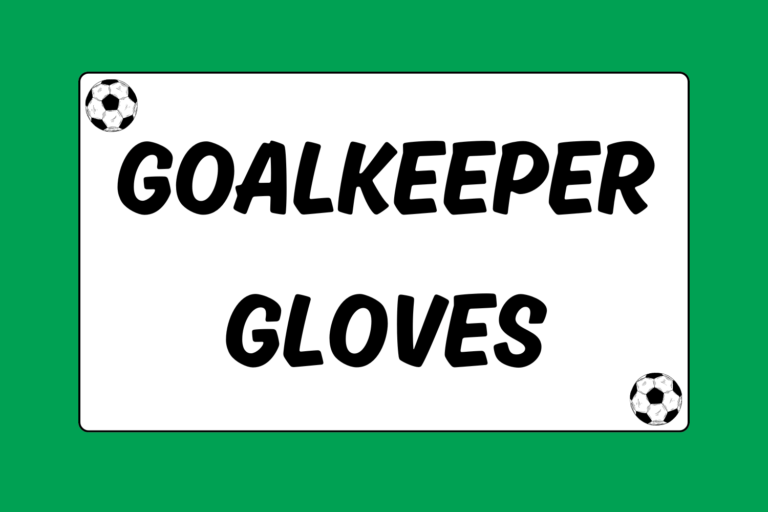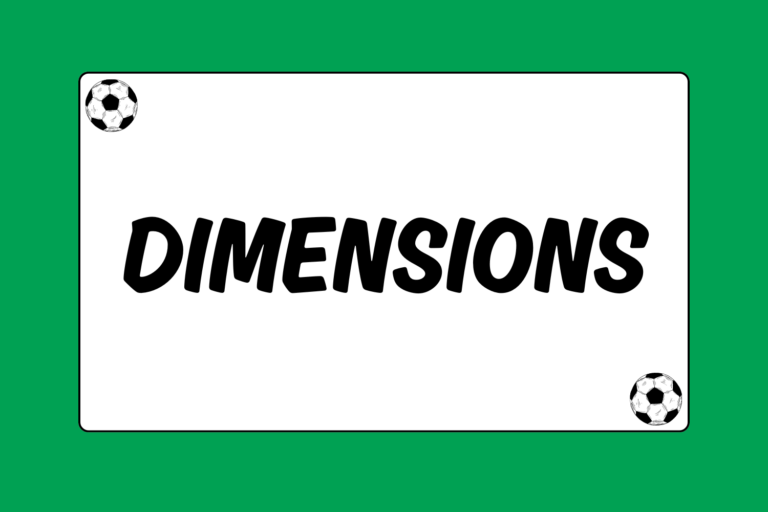When the goal is to develop skill and win games, it’s easy to forget that soccer is supposed to be fun. Nowhere is that more important than in practice.
Most of our soccer experience comes from practice, where the excitement of a game can be overshadowed by the ‘boring work’ of drills and conditioning. It’s important for coaches, parents, and team leaders to find a balance between getting work done and having fun. The beauty of soccer is that this isn’t too hard to do. Being outside, kicking the ball around, talking with teammates, and scoring goals are all fun activities.
Have a Plan
Believe it or not, the best practices are the product of a plan that emphasizes equal parts work and fun. Practices should bring players together, getting everyone on the same page and moving toward a common goal. Practices that are directionless, let players scrimmage all of the time, or move at their own pace accomplish little and usually aren’t very fun.
Youth soccer players crave structure and feed off of competition. Generally speaking, children learn more when they feel comfortable in an environment. Practices that are efficient and effective let children feel comfortable and learn at their own pace, while encouraging players to have fun. This should be the goal of every soccer practice—efficient plans that teach players new skills while they have fun.
Mental Edge
Be willing to adjust your plan if necessary. Anything can happen in soccer practice, and it often does. Half the team can miss practice, the weather can turn nasty, or players can show up tired from a long day in school. Make your plan work by adapting it to the needs of your players.
The Beginning of Practice
Soccer is a social sport, and soccer practice is usually viewed as a social event for youth players. Most children play soccer because their friends also play soccer, and it’s worth it to give young players time at the beginning of practice to talk to their teammates while they loosen up and put on their cleats.
Several things should happen at the beginning of practice:
- Players should come together as a team and warm up; this should also be the time when players socialize, so they’re not tempted to do it later.
- Many coaches like to have players run a couple of laps to warm up and then huddle up and talk about the day’s practice schedule.The huddle should signal to players that practice has officially begun and that there will be work to do ahead.
Establishing and following a routine to start practices makes every player comfortable, and gets them ready to receive instruction.
No Lines, No Standing Around
Drills that have lines or let kids stand around lead to boredom and disinterest. In some cases, they wind up being a test of a player’s attention span instead of their soccer skill. Drills that help players learn and have fun almost always have the same look and feel:
- They’re fast-paced.
- They let players touch the ball as much as possible.
- They keep players warm.
- They utilize competition to motivate players.
This is especially relevant for younger players. Drills that keep a ball at each player’s foot as much as possible keeps them engrossed in the activity. To make this happen, it’s important to plan out your practice schedule, have practice helpers when possible, and have enough equipment for everyone.
Keep Them Moving
Pendulum drills and juggling drills keep players with a ball at their feet and moving around. For this reason, they are both good ways to warm up:
- In a pendulum drill, a player taps the ball back and forth with his feet while alternating with a hop on each foot. Challenge players to look straight ahead – rather than at their feet – and to increase the speed of the ‘taps’.
- Juggling drills begin with the ball on the ground and one foot on the ball. The player must draw the ball back, tap it in the air, and juggle it, using his foot, knee, chest or head.
To add a competitive (and usually fun) element, see how many players can keep a pendulum drill going for one minute without letting the ball get away. Or, set an arbitrary standard for a number of touches in a juggling drill, and see how many players can reach it.
Let Kids Compete
There are countless drills that coaches have devised over the years to help players pick up new skills while having fun. The best of them have the same things in common: They let players compete with each other by dividing them up and keeping score, with something at stake for the participants. They should also be fast-paced, emphasize skill-building, and get everyone involved.
The drills you choose should depend on the age of the players. A few examples include:
- Sharks vs. minnows: There are many versions of this drill for younger players, but they all involve a large grid. Half of the players have a ball and are called minnows, while the others are sharks; sharks try to take the ball away from the minnows. Dribblers navigate the grid until a defender kicks the ball outside of the grid, making them a defender.
- One v. one: Classic one-on-one drills are very exciting and entertaining for players, as it puts them in a game-like situation. They also become more fun when points are given for executing moves taught in practice.
- Unbalanced drill: A group of players keeps the ball away from a small group of defenders inside a grid. For example, in a four-on-two drill, four players are stationed along the corners of a grid, while defenders can do anything to kick the ball outside of the grid. A player who loses the ball becomes a defender.
Have Fun
More than anything, practice stays fun when having fun is a priority. Working hard is also an important quality, but it’s not the most important. Remember to see the game through the eyes of a young player, and you’ll have fun soccer practices throughout the season.





